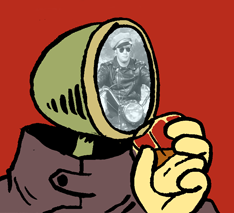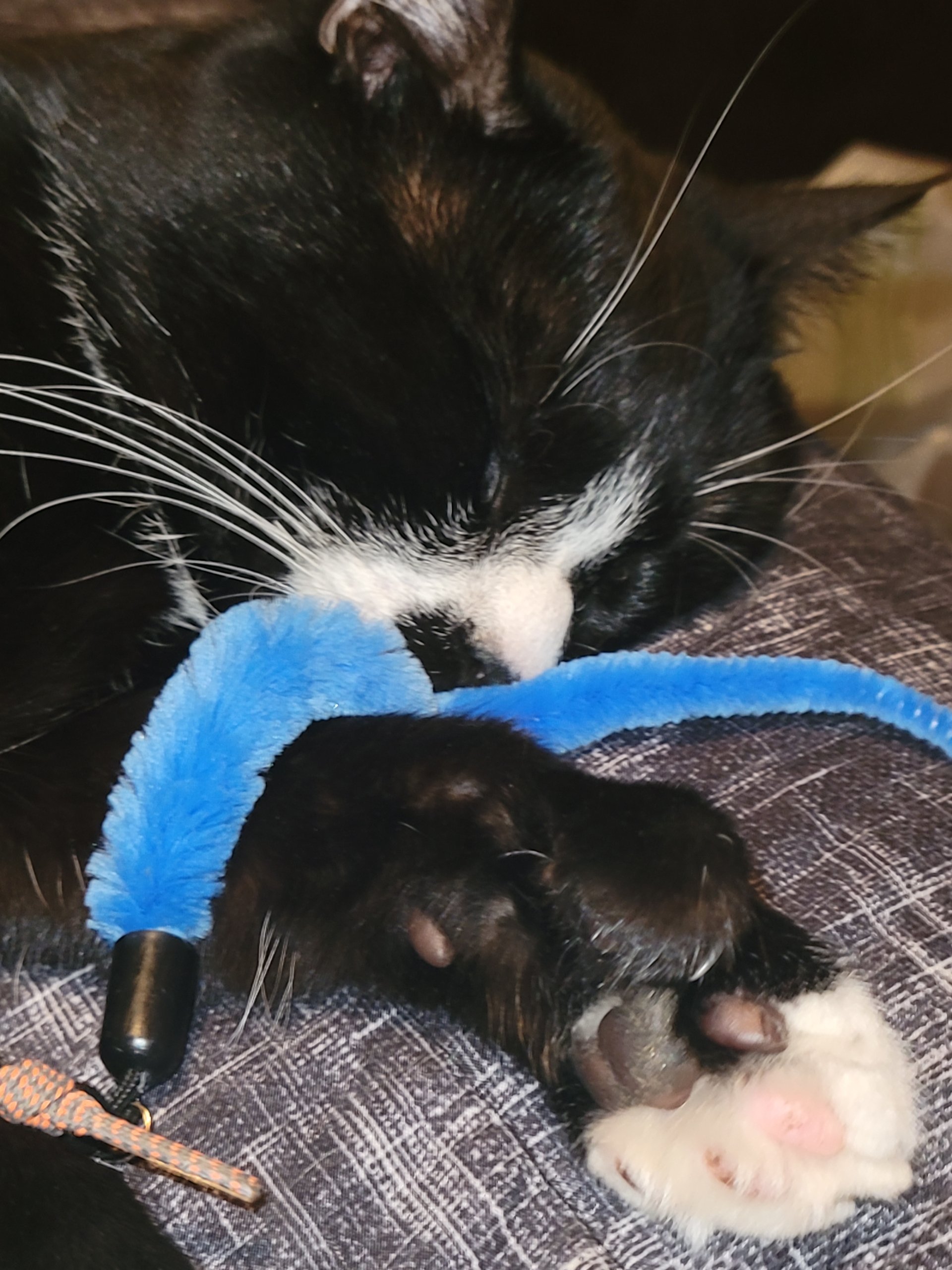You might recall that I tried printing this fake lens last week and found it quite challenging.
So today for S&G, I figured I’d try to print it in two halves like so:
![]()
Then instead of gluing or epoxying them, I joined them with acetone: it’s quite a thin profile, so it’s a good test of the strength of the bond.
Well, I let it cure for half an hour just to make sure all the acetone inside the bond had evaporated, and it certainly is plenty strong! Strong enough to take a vigorous chemical polishing - with acetone also - while applying a fair amount of pressure and stay in one piece.
I polished it by hand for 5 minutes and it’s even a bit lens-y now 🙂
I’ll let it cure for another 24 hours for good measure, then tomorrow I’ll mount it in the lathe and I’ll polish it some more with acetone, to see how clear I can make it.
It’s never going to be any good of course, but it’s interesting to see how much it can be improved, if only to find out what I can do with PLA.
I assume you’ve been reading about other people’s work on this?
https://www.diyphotography.net/3d-printing-lenses-is-now-a-thing-and-you-can-make-them-yourself/
Yeah I read about others trying to make optically usable lenses. That would be great!
But my purpose was to print a dimensionally accurate template for my 3D-printed frames.
That went south because printing this object in one go with a FDM printer is almost impossible to print cleanly. So I gave up on that. But I was still curious to use it to find out if I could use acetone to reassemble two clean halves of it, and find out what kind of polish PLA can take.
You know, just out of curiosity 🙂
Might find this interesting, uses abs, there’s an example at the end of using one of the fdm printed lenses with lasers
I’ve tried with petg, was just for looks (transparent cases) rather than optical use, wasn’t super satisfied with it. Might try abs, it takes to acetone smoothing really nicely
That was a neat read, and the author managed to achieve some impressive results that I can tell you from experience will require settings that engender hella long print times.
I think it would be significantly less irritating, especially if you were going to be doing this type of thing on the regular, to print molds of the negative of your object with your FDM printer and then cast the final product in resin which will be inherently solid and (theoretically, done correctly) consistent and without the possibility of internal voids.
I mean, if you’re going to be hand-polishing the shit out of everything at the end of it anyway…
That’s pretty fun. Good luck!
For PLA, ethyl acetate is a solvent that will do the job.
There’s a glue for PLA called 3D Gloop which is basically a solvent mixed with PLA that also essentially welds PLA together. I haven’t used it, so I don’t know what color it is and if it will show over transparent prints.
That’s no moon
But seriously, cool to see the update after your last post
Not sure if this will help but you might wanna take a look at this video on clear 3d prints, most of it’s about CNC or resin printing though so skip to the 2:30 part for settings and 8:40 for finishing (their drop of oil trick looks like magic!) https://youtu.be/t5b2JURmNTA
Thats super cool, good luck!






